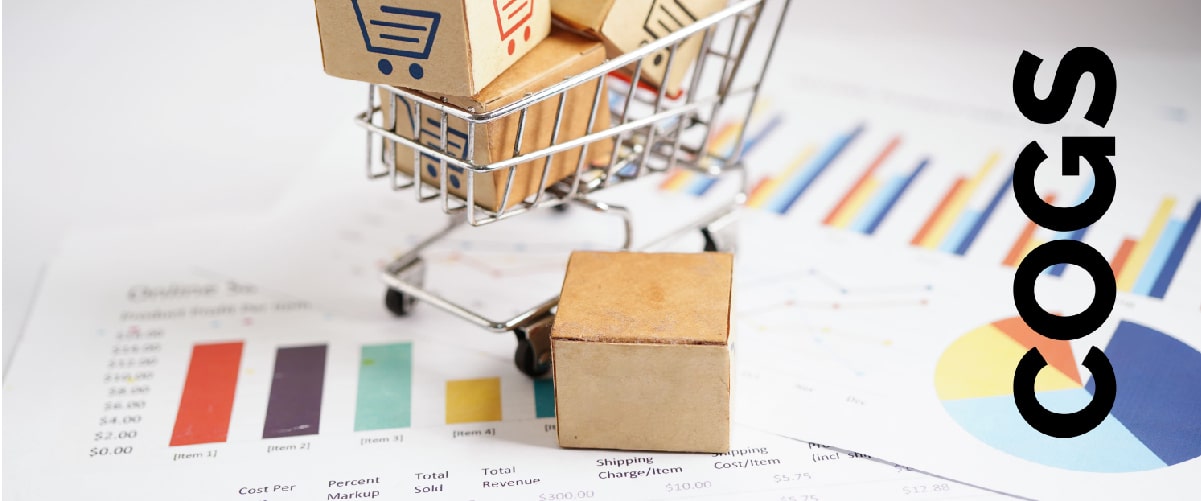KPIs, or Key Performance Indicators, are specific metrics used to measure the financial health and performance of a business. These indicators provide valuable insights into a company’s financial operations, allowing stakeholders to assess profitability, efficiency, and overall effectiveness. KPIs help businesses set goals, track progress, and make informed decisions to achieve sustainable growth and success. We’ll dive into two critical KPIs that are important for your business.
Partnering with specialized hospitality finance accountants like Paperchase gives your business insight into these KPIs so you can run your restaurant with ease. Paperchase’s hospitality finance experts explain and break these metrics down into weekly and monthly reports. Looking at numbers can be scary, but your team of accountants will walk you through each piece of your Profit and Loss statement, so you don’t have to fret.
Labor Cost
One of the most important KPIs is labor cost. Labor makes up the bulk of expenses in a restaurant, so it is a critical area to monitor. Labor cost measures the percentage of total revenue spent on labor, including salaries, wages, and benefits. To calculate labor cost percentage, add hourly and salary wages together and divide by revenue


Keeping labor costs in check is essential for optimizing profitability while ensuring adequate staffing levels to deliver quality service.
If your labor cost is rising, you must ensure that your revenue is rising as well, or you may have to cut down on staff. Profitable restaurants will target a labor cost of 20-35% of their revenue. A helpful benchmark to consider is 10% of your revenue during a period goes to the back of house labor cost and 8% goes to front of house. This is the simplest form of a labor budget. As a manager or owner, it is crucial to make sure you are cutting staff when the restaurant is slow, not hiring too many employees, or not paying for overtime. Paperchase’s hospitality accountants will review your labor report to allow you to pay your staff a desirable wage while also keeping costs low.
Cost of Goods Sold (COGS)
Cost of Goods Sold (COGS) represents the direct costs associated with producing the goods sold by your restaurant, including food and beverage costs. Monitoring COGS helps you assess the profitability of your menu items and identify opportunities to optimize inventory management and supplier relationships to reduce costs. If you are not doing inventory correctly, your COGS are not right.
To calculate COGS, you must evaluate your opening inventory, new purchases, closing inventory, and divide it by revenue, or your net sales for that period. Four key components contribute to efficient cost of goods sold, and ultimately the success of your business. These reports include recipe costing, inventory, menu price, and internal controls.
Consistently monitoring and analyzing these two key KPIs will allow you to gain valuable insights into your restaurant’s financial health. Regular inventory management is crucial for accurate COGS calculations.
Partnering with financial experts like Paperchase’s hospitality accountants can empower you to make data-driven decisions to optimize your labor costs, menu profitability, and ultimately, achieve long-term success for your business. Still hungry for more? Read our article HERE for an in-depth analysis of COGS plus tips to achieve operational efficiency.
Read more
























